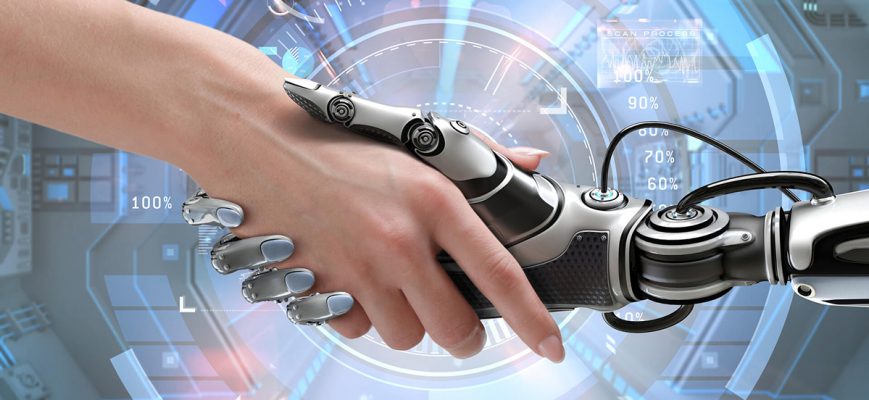MTPE: Are translators becoming proofreaders?
Machines are changing — if not replacing — more and more jobs every day, and translators are among those being affected the most. Machine translation has improved considerably over the years and is used by many people and industries. However, another option that has become quite popular with clients is Machine Translation Post-Editing, or MTPE, which involves machine translation followed by post-editing done by a human.
MTPE is more affordable and faster than manual translation plus, it is more accurate than machine translation alone. If you want to know more about MTPE and when it is the best option for a customer, check out part one of this article.
In this article, we are going to discuss the implications of MTPE for translators: whether MTPE is forcing translators to transition to proofreaders, and what are some of the MTPE issues and best practices.
Are translators becoming proofreaders?
On the one hand, machines are not going to take over translation completely any time soon. Machines can take care of mechanical tasks that do not require creativity, critical thinking, or much expertise — however, for many translation jobs, that is not enough. MTPE has ‘machine translation’ in its name for a reason — it relies heavily on the initial machine translation. If the translation is poor, editing it afterward can be quite a nightmare.
On the other hand, MTPE has become quite popular with customers. By restricting yourself to manual translations, you are depriving yourself of a large market segment and become less competitive than those who do. Ultimately, the choice is up to you as a professional. To help you make it, let’s take a look at a few MTPE best practices and possible issues.
MTPE: Best practices
If you have only been doing manual translation so far, transitioning to MTPE may take some time. Nowadays, various educational institutions and platforms even offer post-editing courses. We can’t educate you fully in one short article, but here are some, hopefully, useful tips and strategies.
- Start with the source text. Machine translation relies heavily on the quality of the original text. Take some time to pre-edit the source material, checking it for spelling and grammatical errors, the consistency of terminology and formatting.
- Decide/agree with the customer in advance whether the text needs light post-editing (LPE) or full post-editing (FPE). LPE makes sure that the resulting text is legible and accurately conveys the meaning of the source document. FPE goes much deeper, checking for stylistic and tonal consistency, making appropriate cultural adjustments, and more.
- Set up terminology management systems. To help ensure consistency in post-editing, use such instruments as translation memories and termbases and any useful up-to-date referent documents.
- Only implement the necessary changes. Machine translation is there to save your time and effort. Don’t get caught up in perfecting every little detail — use as much of the raw machine translation output as possible, while ensuring good quality results.
- Do ensure that no information has been accidentally added, or omitted. Edit any offensive, inappropriate, or culturally unacceptable content.
Final thoughts
The popularity of Machine Translation Post-Editing shows that ‘the human touch’ in translation is still extremely important. As a translator, you may need to adapt and adjust the way you work. However, don’t worry! You won’t be replaced by a machine in any foreseeable future.

